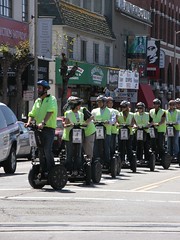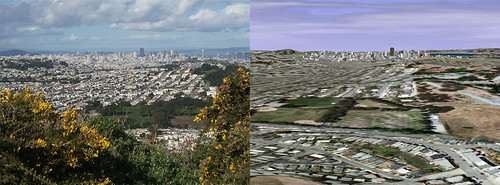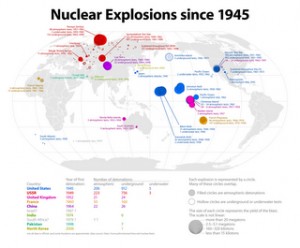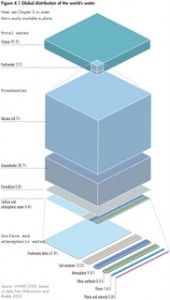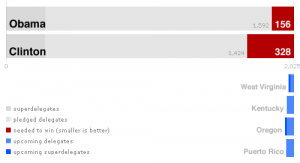I just ran across this post on Aza Raskin’s blog about a technique used to cut down the number of social bookmarking links displayed to users. I’m sure you’ve seen them–the 20 or so colorful buttons that have popped up at the bottom of every blog post on the web, for Digg, Del.icio.us and similar sites. On my blog they are hidden behind the ShareThis Widget but Raskin had a better idea – why not just display the ones each user actually uses?
Impossible? Not so fast – think about what happens when you visit a site. After your visit any links to the site will change, usually from blue to purple. We can put up links to each social bookmarking site and then use Javascript and CSS to check to see if each link has been visited. If so, display the button, and if not, hide it.
This is a very cool way to manage buttons but the technique has wider privacy implications. I could, for example, put links to… questionable sites, and then use some Ajax to collect that information about users. If I had other information about you (say you logged into my site or otherwise gave me an email address) I could link it together and build a database.
On the other hand, it’s not like I can grab your entire browsing history or follow you around after you leave my site – I have to specifically create a link and check it for every site I want to know about. And unlike your browser history this info is cleared every time you close your browser. So it’s not spyware or anything as intrusive as, say, the Alexa toolbar.
I can think of a bunch of cool ways to apply this technique, but I’m not sharing until I implement one. Feel free to post any ideas (or misgivings) in the comments below.
